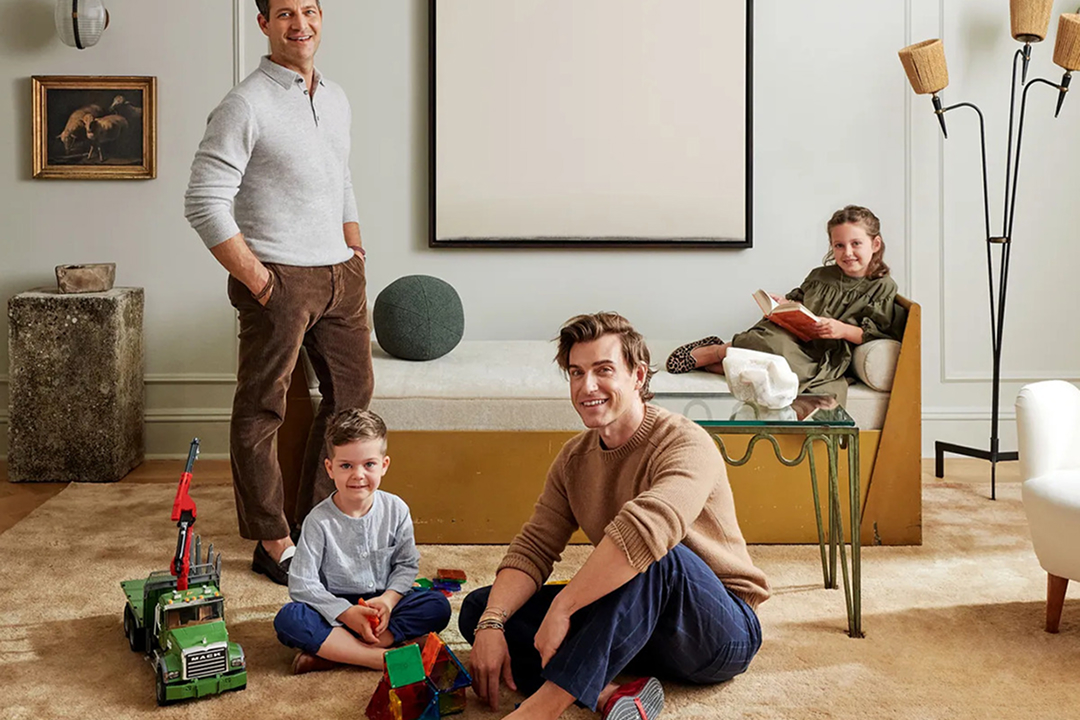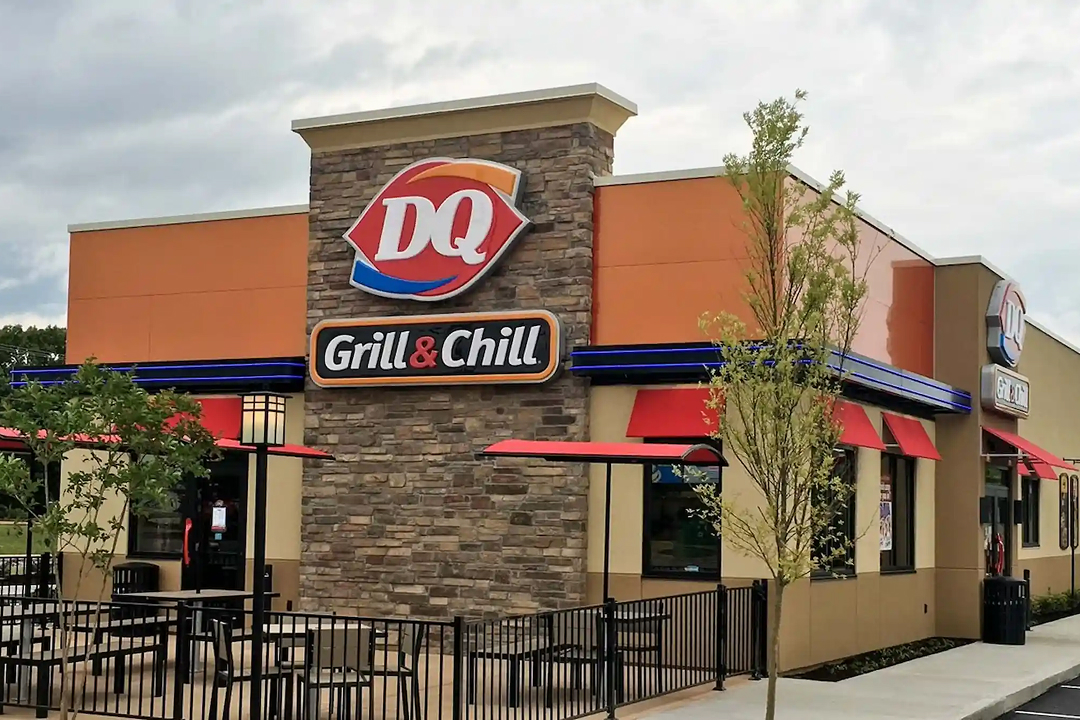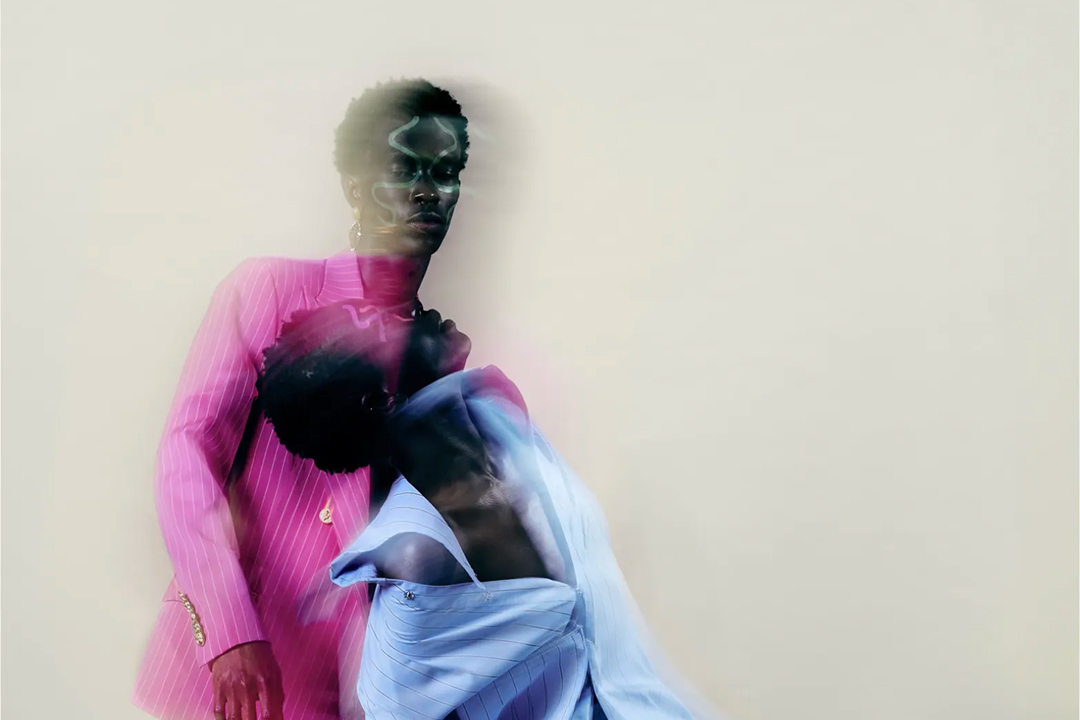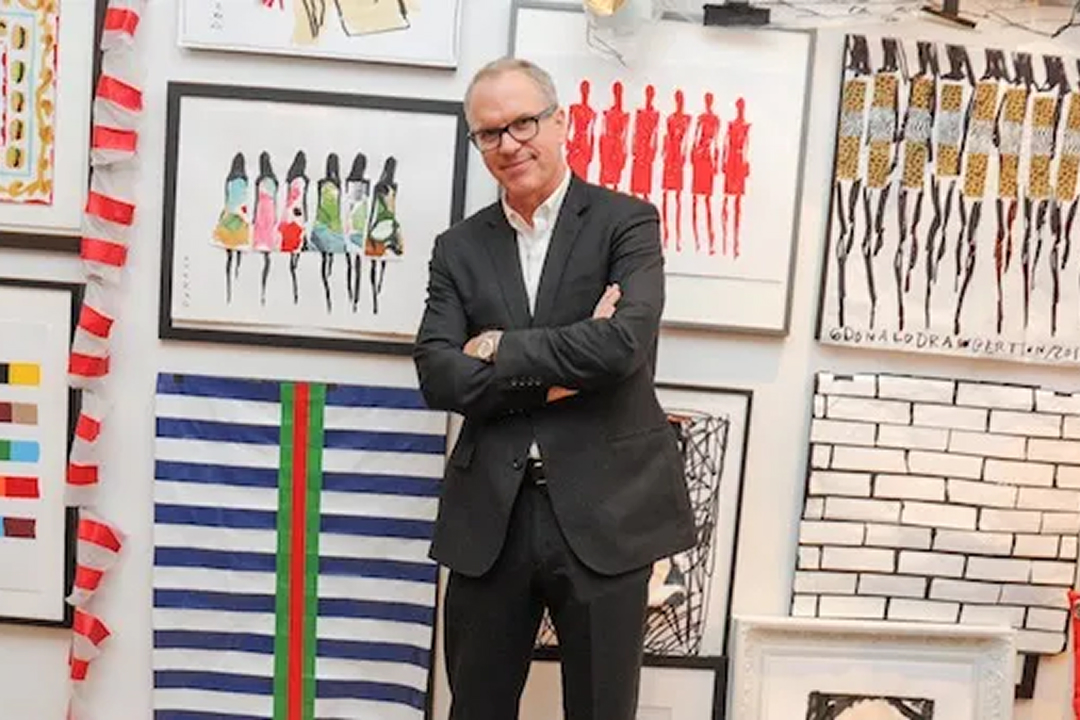How Paul Natkin Became Every Rock Star’s Favorite Photographer With No Camera Skills
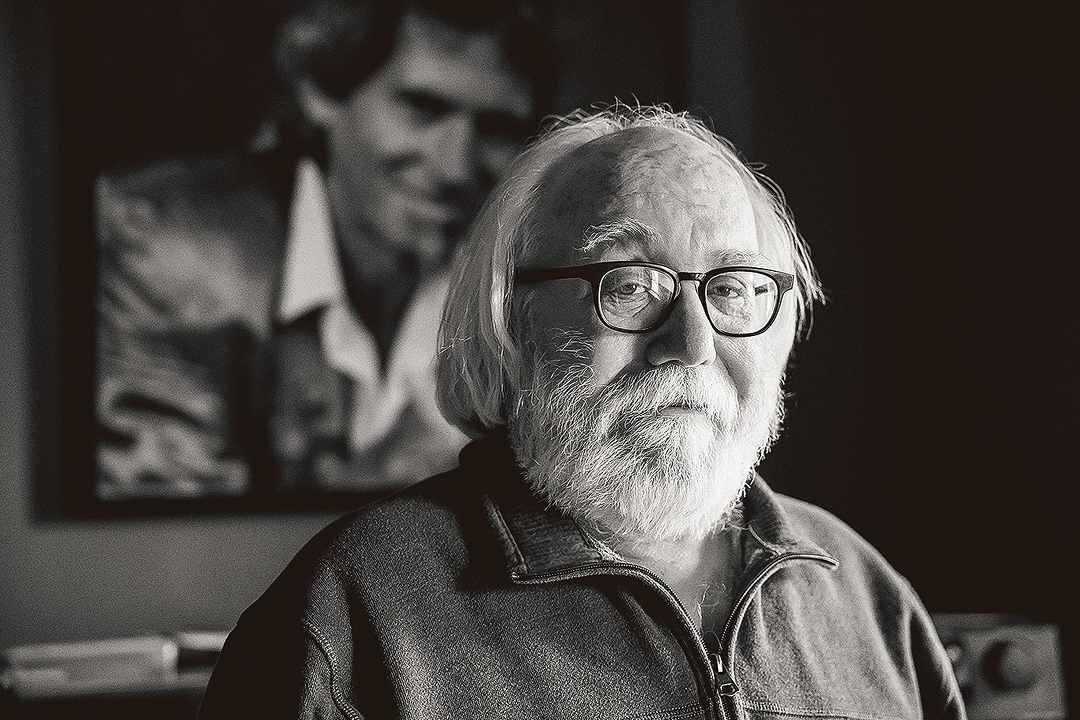
Paul Natkin never planned on becoming a photographer. He never studied it. Never imagined it. And yet, his lens has captured some of the most iconic figures in rock history.
In 1971, Paul Natkin was 20-something and adrift, “I didn’t have a clue what I’d do,” he recalls. He had dropped out of college, spent days watching TV on his parents’ couch, and had zero professional direction.
Then his father, Robert Natkin, a former WWII Army photographer, invited him to tag along to a Chicago Bulls game. The pitch? Free food, great seats, and no ticket needed. Paul was immediately in.
“I had never held a camera in my life,” he says. His father gave him a lesson at every stoplight on the drive to the stadium.
That night, Paul stood on the hardwood among NBA legends like Wilt Chamberlain and Kareem Abdul-Jabbar, learning photography in real time. He was hooked.
A Chance Encounter With a Radio Ad
After cutting his teeth shooting sports, Paul Natkin stumbled into music photography. One night, after packing up from a tennis match, he turned on the radio in his car. The commercial was for a Bonnie Raitt concert happening just steps away.
“I thought, ‘Maybe I can get in free for a concert, just like sports,’” he remembers.
He found the backstage door, cameras slung over his shoulder, and spun a story. “I made up a lie that I was working for a new magazine called Rolling Stone.”
The guard didn’t blink. “You’re with the press. Do whatever you want. Just don’t go on stage.”
He got the shots, most unusable, but the experience rewired something. He began sneaking into the Ivanhoe Theater and started shooting Kenny Rogers, Dolly Parton, and Tom Petty. Night after night.
Breaking Through
His first published photo was of Rick Derringer, printed full-page in Creem magazine.
“I said, ‘I’m rich,’” Paul Natkin jokes. “Then I got a check from Creem for $35.”
Still, that small win changed everything. Publicists in New York and LA took notice. Paul Natkin became the guy labels called when their artists came to Chicago.
“All of a sudden, I’m shooting hundreds of bands,” he says. “I’d just walk into clubs with my cameras and say I was working.”
And it kept escalating. In 1984, Warner Bros. called him on short notice. Prince was having a private birthday party in Minneapolis.
“I’m the only name on the list that’s a photographer,” he remembers. His photos from that night were the last taken before Prince disappeared into seclusion during the Purple Rain release.
Bruce, Oprah, and the Iconic Shot of Keith Richards
Not long after, Paul Natkin was tapped to document Bruce Springsteen’s Born in the USA tour. The first night, he shot the rocker filming the “Dancing in the Dark” music video in an empty arena.
“I heard Dancing in the Dark’ 40 times,” he said. The next night, he captured the iconic moment: Courteney Cox dancing with Bruce on stage.
In 1986, a local Chicago morning show asked him to appear on a segment called “Brush With Bruce.” After the taping, a woman approached him and said, ” Our show is going national next month. We need a photographer.’ I didn’t even look at the card. At home, I see it’s for The Oprah Winfrey Show.”
He became Oprah’s personal photographer. She flew on his flights; she watched football at his house. And in 1988, when Chicago Sun-Times music critic Don Cleese brought Paul Natkin to meet Keith Richards, it sparked another unexpected chapter.
“I shot an iconic black-and-white photo of Richards subtly giving me the finger, which I didn’t notice at the time.”
That photo became his best-selling print.
Rock Photography’s Golden Era Fades
As the ’90s wore on, access tightened. Labels and artists wanted only the first three songs photographed. No sweat, no wrinkles, no vulnerability. The raw intimacy that fueled Paul Natkin’s best work disappeared.
“It wasn’t about capturing the moment anymore. It was about controlling the image,” he said.
His concert schedule slowed. Today, much of Paul Natkin’s income comes from licensing obituary photos. When Tina Turner passed, Getty Images licensed a thousand of his shots.
The Best Photo He Ever Took
Ask him for his best image, and it’s not Prince or Bruce or even Keith.
It’s a photo of a little-known band called Atlas Genius.
“There’s something called the decisive moment,” he says, referencing Henri Cartier-Bresson. “It’s the exact second where everything aligns. That’s what I captured.”
His apartment tells the story better than he can. Framed images line the walls. File cabinets stretch from floor to ceiling, labeled meticulously. ABBA. Zeppelin. Tina. Whitney.
“That’s my life on the walls,” he says


